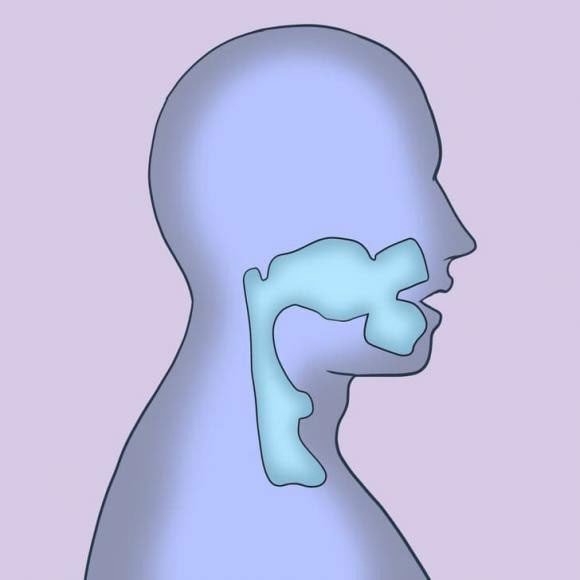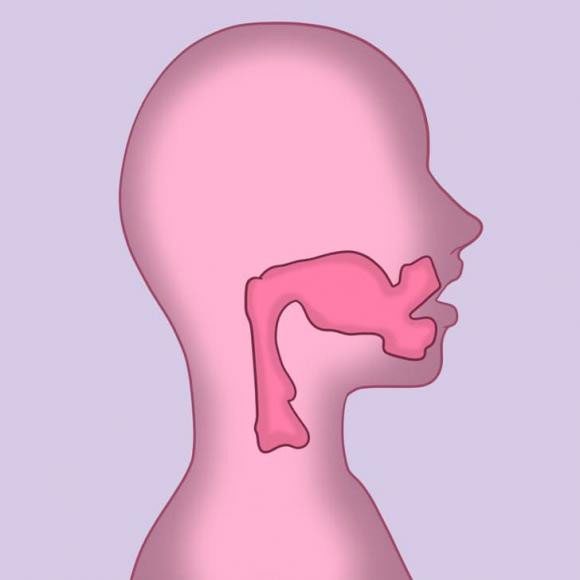Every person has a unique voice, but we notice the most significant differences between male and female sounds. At the same time, the voices of young boys and girls exhibit notable differences that emerge during puberty.
We explored the reasons why women and men have different voices.
Voice Mechanism
The vocal cords are located in the larynx. When air passes through them, the cords begin to open and close, creating vibrations that produce sound. The airflow is generated by the lungs.
As the vocal cords start to vibrate, the muscles of the larynx adjust their length and tension, thereby producing the desired pitch.
Some scientific facts:
- While singing, the vocal cords create about 400 oscillatory motions per second.
- The vocal cords are white in color.
- A whisper tenses the vocal apparatus more than a quiet conversation.
- The female voice is considered more complex than the male voice.
- The vocal cords protect the airway from choking by preventing food, drink, and saliva from entering the trachea.
The brain responds to the sound of voices in different ways. Males activate activity in the “mind’s eye” at the back of the brain, while female sounds are processed in the auditory region, where we can more easily decode what we hear. Perhaps this characteristic is why the female voice seems clearer.
Individuals who are disturbed by voices in their heads almost always hear masculine sounds. According to scientists, the complexity of female voices makes it harder for the brain to mimic them.
The sound of a voice not only helps us hear a person but also visualize their appearance, as well as determine their gender and age. It is an important tool for identifying the identity of someone we hear but do not see.
Of the twelve tones of music that we know, almost all music has been built upon the use of the human voice over many years of evolution.
Male Voice

Male vocal cords range from 17 to 25 mm.
The length of male vocal cords is between 17 and 25 mm, with an average voice frequency of about 125 Hz.
During puberty, increased testosterone levels enlarge the vocal cords, making them longer and thicker. Following such changes, a child’s voice is replaced by that of a man, which is lower and deeper due to the extended cords producing longer wavelength sounds. The lower pitch is also attributed to the larger size of the airway in men compared to women.
As men age, their larynx undergoes more changes than that of women, causing men’s voices to mature earlier.
Female Voice

Female vocal cords range from 12.5 to 17.5 mm.
Female vocal cords are shorter, measuring between 12.5 and 17.5 mm, with an average sound frequency of approximately 210 Hz.
During puberty, testosterone does not affect the vocal apparatus in females, so their vocal cords hardly change in size, and their voices remain high-pitched.
In the structure of female vocal cords, there is a small area that allows more air to pass through. This airflow, combined with the higher pitch, can make women’s voices difficult to hear for human ears. For instance, older adults who have lost their hearing ability with age may struggle to recognize such high-pitched sounds.
Several internal and external factors can affect a person’s natural sound.
For example, when the vocal cords swell, they rub against each other, and the voice becomes hoarse. This effect can be caused by:
- Colds
- Environmental pollution
- Bad habits
- Extremely dry climates
- Excessive shouting
The natural physiological cause of voice changes in adults is aging, as the strain on the vocal apparatus increases. The vocal cords and surrounding muscles lose strength and elasticity, and their mucous membranes become thinner and drier. All of this results in the voices of older adults sounding deeper and slightly tremulous.




















































